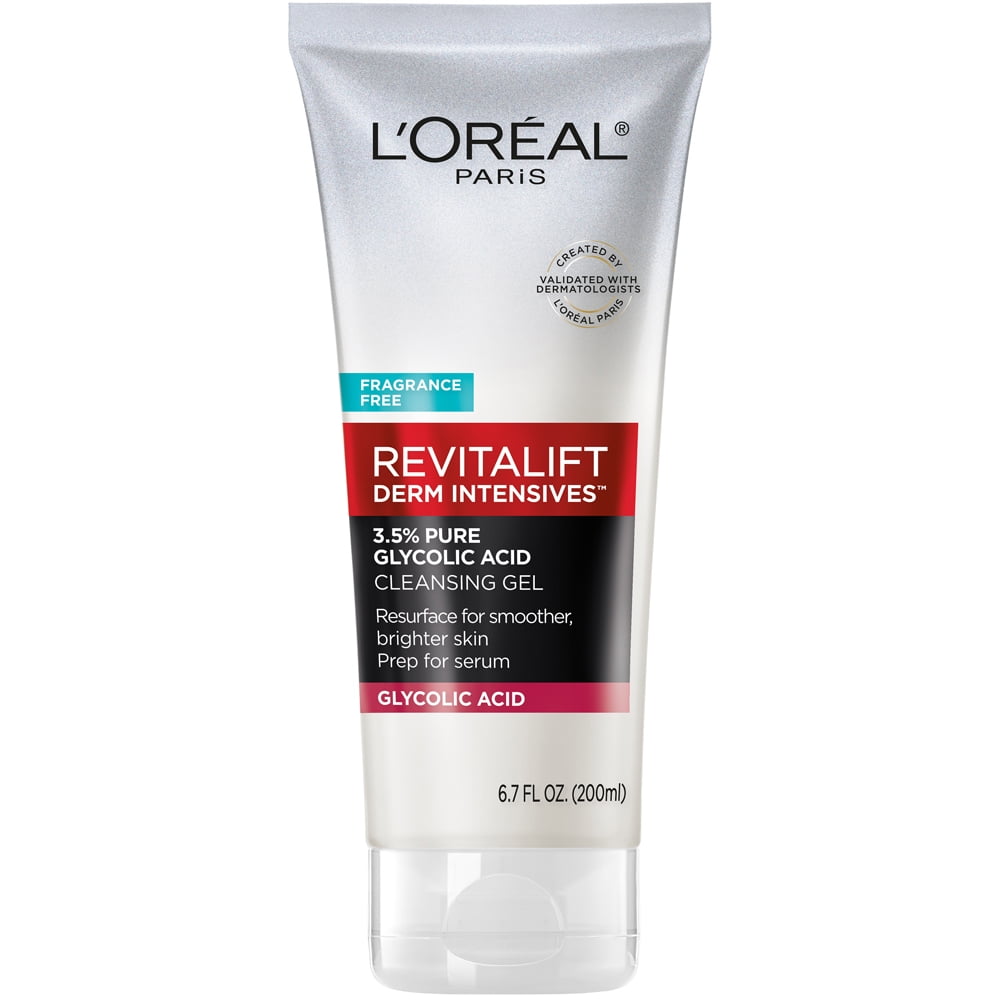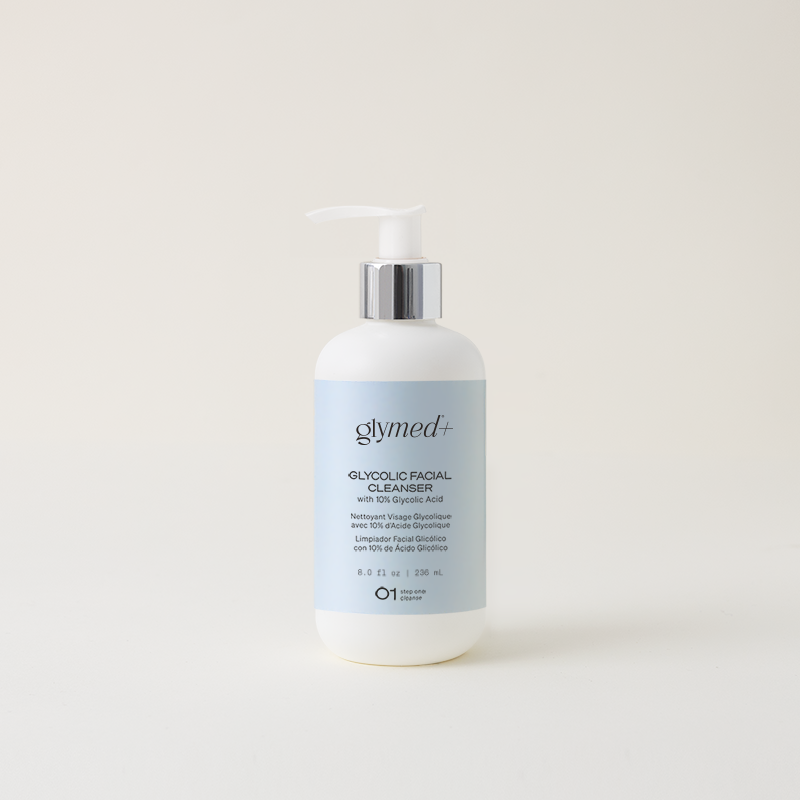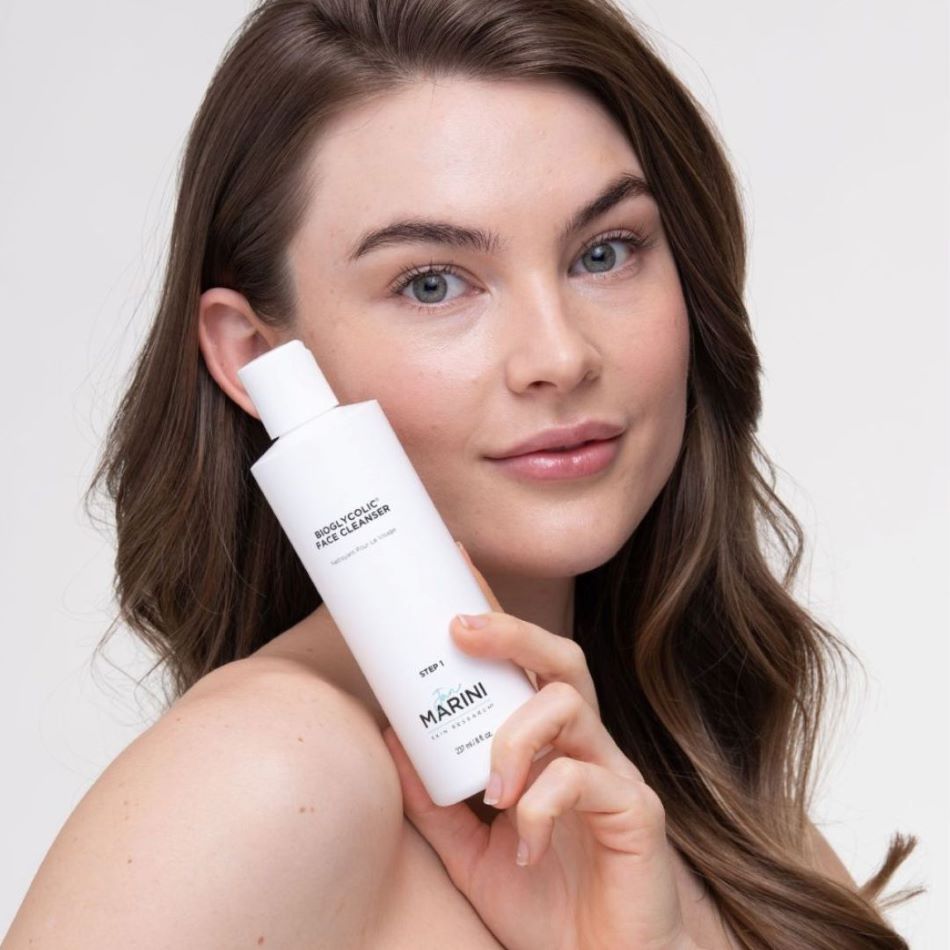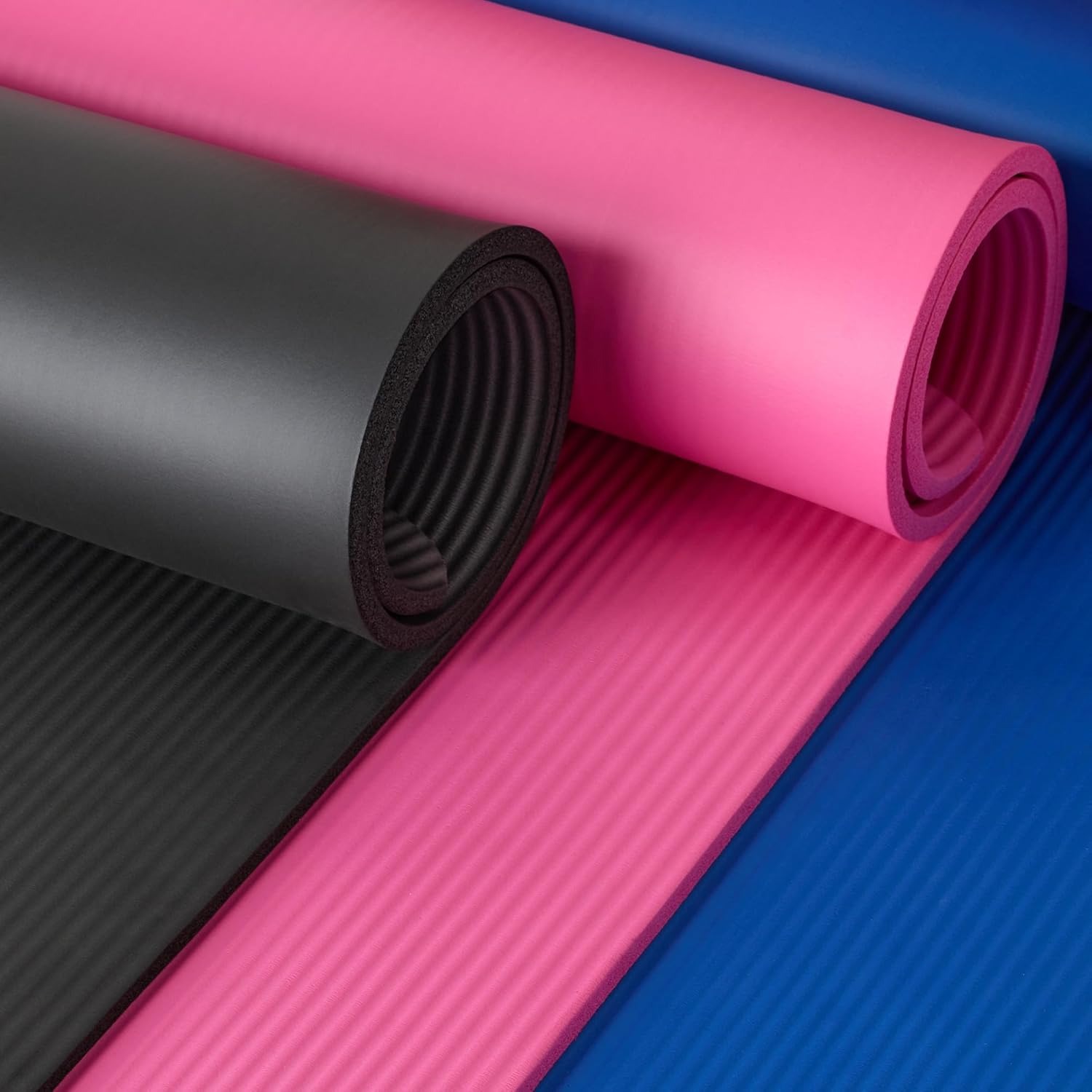What is Glycolic Acid?
Glycolic acid is an alpha hydroxy acid (AHA). It naturally occurs in sugar cane. This acid is famous for its small molecular size. This size allows it to penetrate the skin easily. With its deep penetrating ability, glycolic acid can exfoliate the skin effectively. It works by breaking down the bonds between skin cells. This action promotes cell turnover. As a result, glycolic acid reveals fresher, smoother skin. It is a popular ingredient in many skincare products. These include glycolic acid facial cleanser options.
These cleansers help remove dead skin cells, dirt, and oil. They leave the skin looking bright and feeling smooth. Glycolic acid can address various skin concerns. That includes aging signs, hyperpigmentation, and acne. It is suitable for many, making it a go-to ingredient for effective skin care. Glycolic acid is a gentle exfoliant. Yet, it delivers powerful results. It can improve skin texture and tone with regular use.
The Benefits of Glycolic Acid in Facial Cleansers
Glycolic acid facial cleanser offers several advantages for skin health. First, it boosts skin radiance. By removing dead skin layers, it reveals brighter, more youthful skin underneath. This result adds a natural glow to your complexion. Secondly, it smoothens the skin’s texture. Regular use can reduce the appearance of fine lines and wrinkles. This leads to a soft, more even skin surface.
Another key benefit is its ability to fight acne. Glycolic acid unclogs pores by removing buildup of dirt and oil. This action helps in reducing breakouts and blackheads. Furthermore, it aids in diminishing dark spots and hyperpigmentation. By accelerating cell turnover, it evens out skin tone over time.
Lastly, using a glycolic acid cleanser can improve the effectiveness of other skincare products. Since it exfoliates the skin, it allows better absorption of moisturizers and serums. In closing, glycolic acid facial cleanser enhances overall skin health. It leaves your skin clear, smooth, and rejuvenated with regular use.

How Glycolic Acid Cleansers Work with Different Skin Types
Glycolic acid facial cleansers are versatile. They can benefit various skin types when used correctly. Here’s how they work with different skin:
Normal Skin
Normal skin, which is well-balanced and not prone to extreme dryness or oiliness, sees great results. Glycolic acid helps maintain this balance, promoting a consistent, healthy-looking complexion.
Dry Skin
In dry skin, glycolic acid assists in exfoliation. This removes dead cells that contribute to flakiness. The key is to follow up with a good moisturizer, as glycolic acid can increase dryness if not balanced.
Oily Skin
Those with oily skin can reap benefits, too. The acid helps in controlling excess oil production. It does this by deeply cleaning pores. Yet, it’s important not to overuse the cleanser to prevent stripping the skin of its natural oils.
Combination Skin
If you have combination skin, glycolic acid facial cleanser targets the oily T-zone effectively. At the same time, it is gentle on the drier areas of the face.
Sensitive Skin
For sensitive skin, caution is necessary. Start with a low concentration and limit use to avoid irritation. If tolerated, it can help improve skin texture gently over time.
Acne-Prone Skin
For those struggling with acne, glycolic acid can be a game-changer. It helps to clear out clogged pores and reduce the appearance of blemishes.
It’s essential to pick a facial cleanser with the right concentration of glycolic acid. This ensures harmony with your skin’s specific needs for optimal benefits and minimal irritation. Regular use, when chosen and applied correctly, can vastly improve skin’s appearance, regardless of its type.
Key Ingredients to Look for in Glycolic Acid Cleansers
When choosing a glycolic acid facial cleanser, it’s crucial to know what ingredients complement glycolic acid. Here are key ingredients that enhance the benefits of glycolic acid in cleansers.
Aloe Vera: This is a soothing agent. It calms the skin. It also helps in mitigating any potential irritation from glycolic acid.
Glycerin: Glycerin attracts moisture. It’s a humectant. This ingredient helps in keeping the skin hydrated after the exfoliation process.
Hyaluronic Acid: Like glycerin, hyaluronic acid retains water. It plumps the skin. It reduces dryness that can occur with glycolic acid use.
Vitamin E: An antioxidant, vitamin E protects skin. It fights free radicals. It also supports skin healing, which is valuable alongside exfoliation.
Chamomile Extract: Known for its calming properties, chamomile helps soothe sensitive skin. It’s gentle and beneficial for reducing redness.
Salicylic Acid: For acne-prone skin, salicylic acid can help. It works with glycolic acid to unclog pores. It targets acne effectively.
These ingredients ensure that a glycolic acid cleanser is not only effective at exfoliation but also kind to your skin. When they are combined, they create a balanced formula. This formula caters to the nourishment and protection of your skin. Remember to check the product label. Look for these ingredients to make the most of your glycolic acid facial cleanser.

Step-by-Step Guide to Using Glycolic Acid Facial Cleansers
Incorporating a glycolic acid facial cleanser into your skincare routine is simple. Follow this easy guide to enhance your skin’s health and vitality:
Step 1: Remove Makeup
Always begin by taking off your makeup. Doing so prepares the skin to absorb the cleanser’s benefits fully.
Step 2: Apply Cleanser
Wet your face with lukewarm water. Apply a small amount of glycolic acid facial cleanser. Use gentle, circular motions to spread it all over your face.
Step 3: Massage Thoroughly
Take a minute to massage the cleanser into your skin. This helps the glycolic acid to penetrate and work effectively.
Step 4: Rinse Well
After massaging, rinse your face with cool or lukewarm water. Ensure you remove all traces of the cleanser.
Step 5: Pat Dry
Use a soft towel to pat your skin dry gently. Avoid rubbing to prevent irritation.
Step 6: Follow Up with Moisturizer
Apply a nourishing moisturizer to lock in hydration. This step is crucial to soothe and protect the skin after exfoliation with glycolic acid.
Step 7: Use Sunscreen in the Morning
If you’re using the glycolic acid facial cleanser in the morning, always end with sunscreen. Glycolic acid can make your skin more sensitive to the sun.
Keep in mind, if you have sensitive skin, begin with a lower frequency of use. Monitor how your skin reacts before increasing usage. Stick to these steps for a healthy and glowing complexion with the help of your glycolic acid facial cleanser.
Common Mistakes to Avoid When Using Glycolic Acid Cleansers
When using a glycolic acid facial cleanser, avoiding common mistakes is crucial for ensuring the health and beauty of your skin. Here are a few missteps to be mindful of:
- Overuse: Applying glycolic acid cleansers too frequently can strip the skin of its natural oils. This may lead to irritation or increased dryness. Stick to the recommended usage guidelines.
- Neglecting Moisturizer: Skipping moisturizer after cleansing can cause dehydration. Always follow up with a hydrating product to maintain a healthy skin barrier.
- Forgetting Sunscreen: Glycolic acid increases sun sensitivity. Not wearing sunscreen can expose you to harmful UV rays, making your skin prone to sunburn and damage.
- Using with Other Exfoliants: Combining glycolic acid with other exfoliating agents can be too harsh. This may cause redness and overly irritate the skin.
- Ignoring Instructions: Failing to heed the product’s instructions can lead to improper use. Always read and understand how to use the cleanser correctly.
- Not Testing for Sensitivity: If you don’t patch test before full application, you risk an adverse reaction. Test a small area before using the product on your entire face.
By steering clear of these errors, your experience with glycolic acid facial cleanser can be both safe and beneficial. The aim is to help your skin look its best without causing unnecessary harm.

The Best Time to Use Glycolic Acid Cleansers in Your Routine
Choosing the right time to include a glycolic acid facial cleanser in your skincare routine can enhance its benefits. For most people, the best time to use this type of cleanser is in the evening. This allows the glycolic acid to work on your skin overnight without exposure to sunlight, which can increase sensitivity. Applying your glycolic acid cleanser before bed also means that your skin has time to repair and rejuvenate while you sleep. This can result in a fresher and brighter complexion in the morning.
However, some may prefer to use it in the morning. If you choose to do this, it is essential to apply a good sunscreen afterwards, as glycolic acid can make your skin more sensitive to the sun. Sun protection will help prevent any potential sun damage.
For those with sensitive skin, it’s advisable to start with less frequent use, possibly 2-3 times a week, gradually increasing as your skin gets accustomed to the acid. Always monitor your skin’s reaction and adjust accordingly.
Timing is also about frequency. It’s important not to use glycolic acid cleansers too often. Sticking to the suggested usage—generally once a day or every other day—is safe to maintain the skin’s natural balance and prevent over-exfoliation.
In summary, whether you decide to use the glycolic acid facial cleanser in the morning or evening, make sure to pair it with appropriate sunscreen during the day and a nourishing moisturizer afterward to optimize your skincare regimen without disrupting your skin’s health.
Glycolic Acid Cleansers vs. Other Types of Chemical Exfoliants
When exploring the world of chemical exfoliants, glycolic acid facial cleansers are a top choice. However, it’s informative to compare them to other chemical exfoliants. These include beta hydroxy acids (BHAs) like salicylic acid, and other AHAs such as lactic acid.
Glycolic Acid vs. Salicylic Acid: Salicylic acid targets oily and acne-prone skin effectively. Unlike glycolic acid, it is oil-soluble. This means it can penetrate deeper into the pores. Glycolic acid, being water-soluble, works on the surface to remove dead skin cells. It’s optimal for addressing fine lines and sun damage.
Glycolic Acid vs. Lactic Acid: Lactic acid is another AHA with a larger molecular size. It’s milder than glycolic acid. It’s beneficial for sensitive skin that may not tolerate glycolic acid well. Glycolic acid is more potent and can deliver quicker results in skin turnover.
Glycolic Acid vs. Mandelic Acid: Mandelic acid has even larger molecules. It’s the gentlest AHA, making it suitable for very sensitive skin types. Glycolic acid offers more intense exfoliation.
Overall, while glycolic acid is highly effective for many skin concerns, it may not be the best choice for everyone. Consider your skin type and concerns. Speak to a dermatologist if you’re unsure which type of chemical exfoliant is right for you. No matter the choice, always remember to use sunscreen during the day, as AHAs increase photosensitivity.



